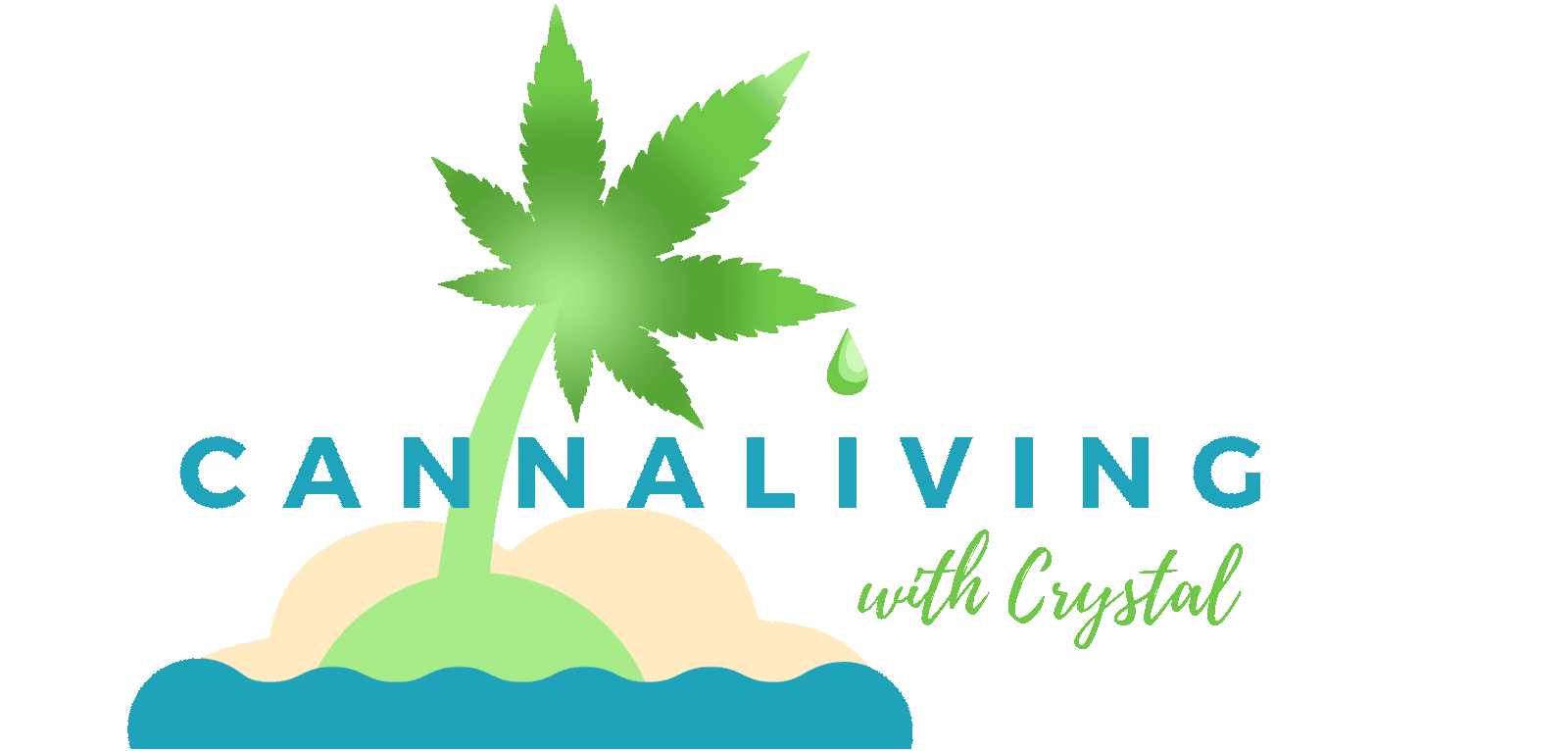Cannabis Education
Breaking the Stigma
What is Cannabis?
Under the scientific classification and definition of cannabis, both hemp and marijuana are part of the Cannabaceae family and both are further classified as Cannabis sativa L. As such, both are cannabis.
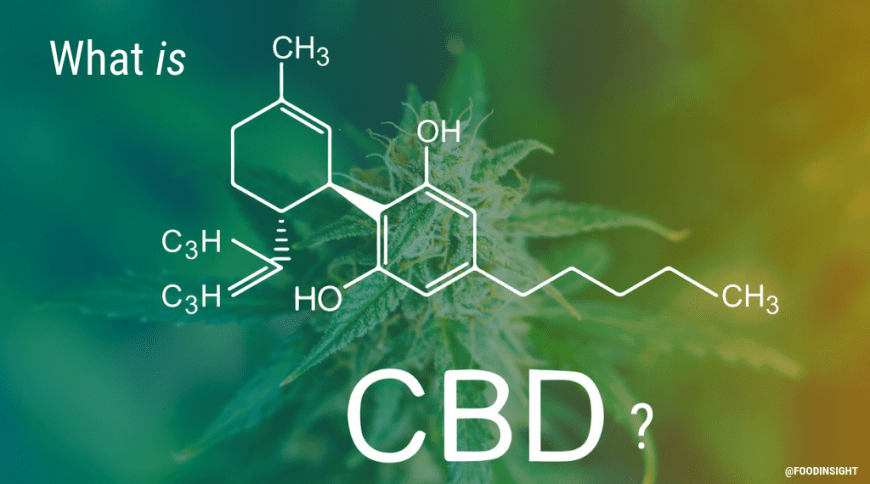
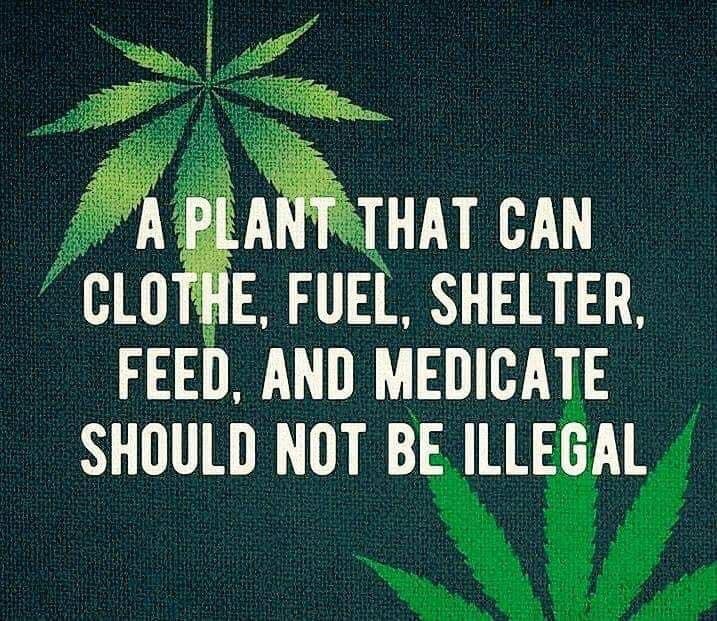
In the United States, the term “hemp” is used to describe a cannabis plant that produces no more than 0.3% THC, which is the molecule that causes the euphoric and intoxicating effects associated with medicinal and adult-use cannabis. CBD stand for cannabidiol, which is the second most prevalent of the active ingredients of cannabis. While CBD is an essential component of medical marijuana, it is derived more from the hemp plant, which is considered a cousin plant to marijuana.
This classification does not take into consideration any other minor cannabinoids. Therefore, if a plant produces 20% CBD and only 0.29% THC, it’s still legally considered hemp.

Cannabis is NOT as scary as the Government made it to be!
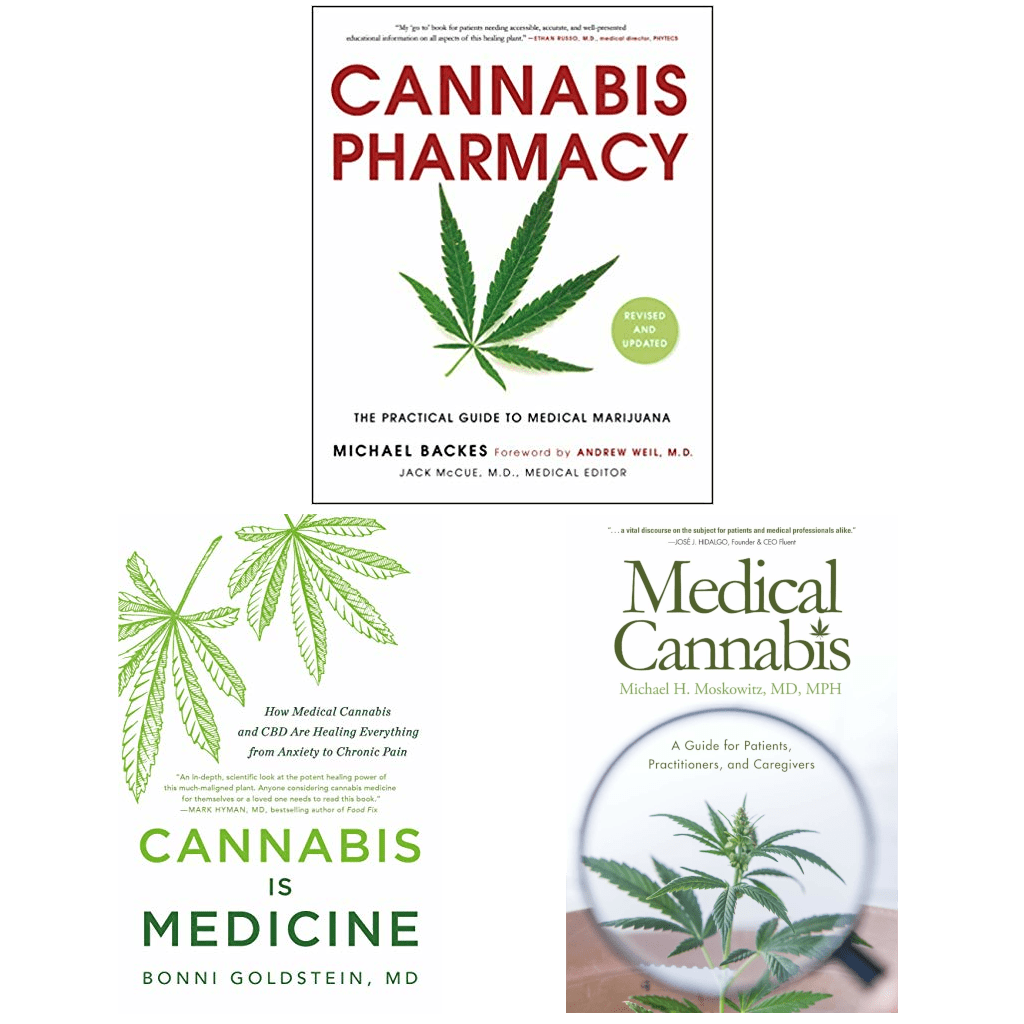
According to major Universities (like Harvard), FDA approved clinical trials, including 1 FDA approved drug (Epidiolex), National Institute of Health, the World Health Organization, and many other international organizations, cannabis has been used medicinally dating back thousands of years, beginning in East Asia.
The history really is remarkable, and the more it’s studied, the more it’s proven that history is repeating itself to show this plant’s true value to society. The opioid crisis is real, and in states where legalization has passed, the opioid deaths are lessening.
Cannabis is often being encouraged for people in recovery as well.
The history really is remarkable, and the more it’s studied, the more it’s proven that history is repeating itself to show this plant’s true value to society. The opioid crisis is real, and in states where legalization has passed, the opioid deaths are lessening.
Cannabis is often being encouraged for people in recovery as well.
What else is cannabis used for?
Cannabis has many uses; but hemp fibers can be used for canvas, paper, rope, and other textiles, it is an incredibly efficient bioremediator (it pulls toxic substances out of the soil while growing), and its hurds are increasingly being used as a construction material and a fiberglass alternative.
Hemp seeds have long been used in many cultures for their nutritional benefits to humans and other animals alike. They are now also being explored as a source of biofuel and construction, as it’s more fire resistant than lumber. And the hemp flowers are now wildly popular for the production of CBD-rich oils for nutritional and medicinal value. The flower portion can also be used as a smokable tobacco alternative.
Many laws have been created based on this percentage based definition of hemp. It’s the level of THC the plant variety produces that differentiates it from cannabis’ intoxicating variety, “marijuana,” and allows for its legal classification as a commodity crop.
“Marijuana,” or “drug cultivars” are the terms used in reference to the variety of cannabis that produces more than 0.3% THC. There is a staggering diversity of molecules that plants in this legal category are capable of producing. Among these are cannabidiol (CBD), cannabigerol (CBG), cannabinol (CBN), cannabichromene (CBC), and Delta8 cannabinoids which are valued for their medicinal properties.
Hemp seeds have long been used in many cultures for their nutritional benefits to humans and other animals alike. They are now also being explored as a source of biofuel and construction, as it’s more fire resistant than lumber. And the hemp flowers are now wildly popular for the production of CBD-rich oils for nutritional and medicinal value. The flower portion can also be used as a smokable tobacco alternative.
Many laws have been created based on this percentage based definition of hemp. It’s the level of THC the plant variety produces that differentiates it from cannabis’ intoxicating variety, “marijuana,” and allows for its legal classification as a commodity crop.
“Marijuana,” or “drug cultivars” are the terms used in reference to the variety of cannabis that produces more than 0.3% THC. There is a staggering diversity of molecules that plants in this legal category are capable of producing. Among these are cannabidiol (CBD), cannabigerol (CBG), cannabinol (CBN), cannabichromene (CBC), and Delta8 cannabinoids which are valued for their medicinal properties.
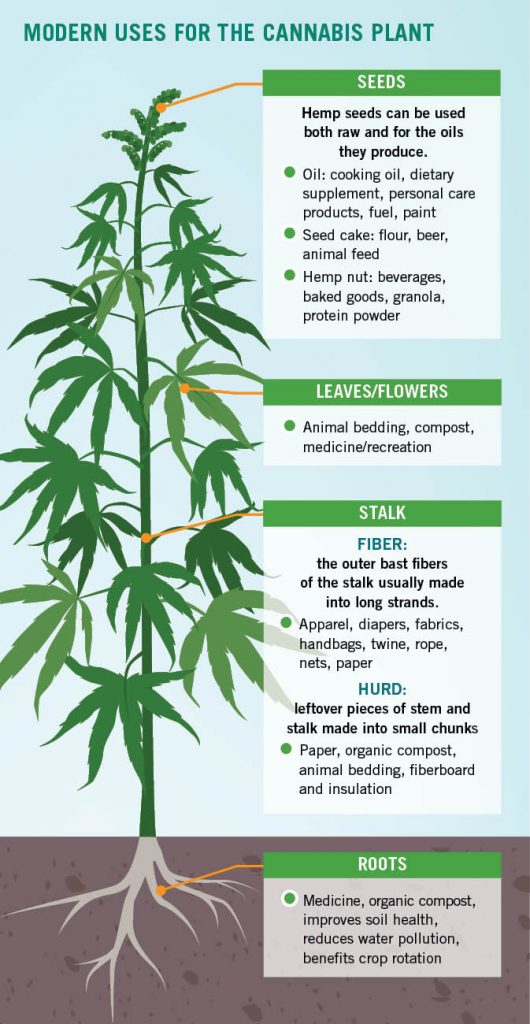

In fact, cannabis produces more than 100 unique cannabinoids that mimic compounds produced in the human body.
These plant-based cannabinoids, or phytocannabinoids, can work in place of the body’s endogenous cannabinoids, or endocannabinoids, when the body experiences a deficiency in its endocannabinoid system (ECS).
These plant-based cannabinoids, or phytocannabinoids, can work in place of the body’s endogenous cannabinoids, or endocannabinoids, when the body experiences a deficiency in its endocannabinoid system (ECS).
